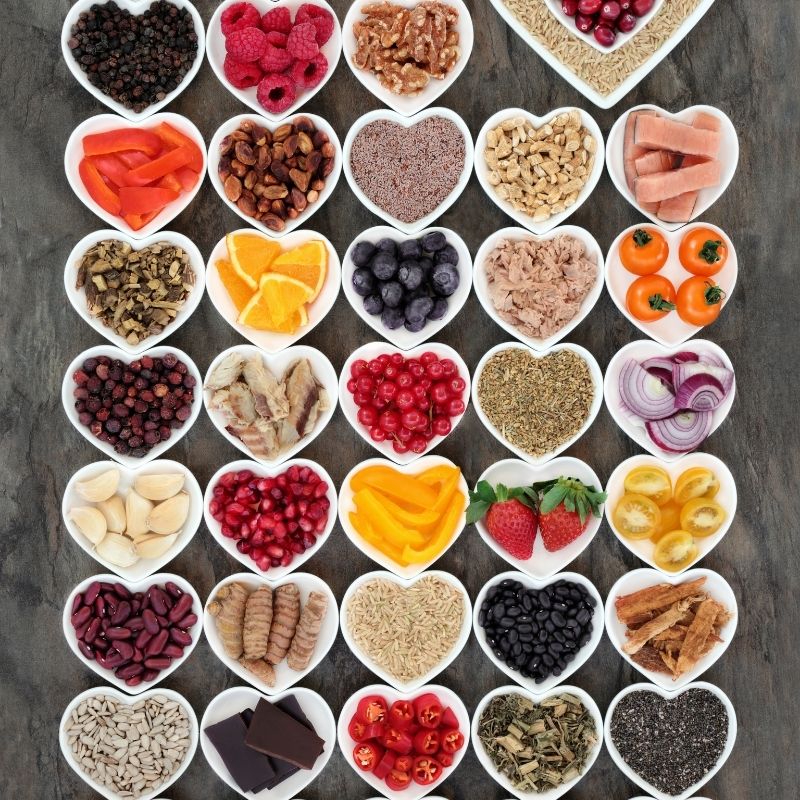11 Nutritional Fact Check List For Caregivers
This post and its photos may contain affiliate links, view our disclosure policy.
As a caregiver, you are also responsible for monitoring the diet of the elderly in your care. It begins right from the grocery shopping.
Every food item and beverage contains both beneficial and harmful elements in it. This is why reading the label before you consume anything makes all the difference in your eating habits.

Since packaged food is a part of our daily diets, food manufacturing companies are obligated to inform consumers about the ingredients they use in their products. The amount of nutrition in percentage is mentioned on the back or side of the packaging. We bring you a cheat sheet on what to check before you put anything in your trolley.
Here’s how you can decode the nutrition facts label
Servings Per Container
Servings per container are the total number of servings in the entire food package or container. Depending on the number of servings it mentions, the nutritional % is per serving and not the entire packet. So each serving will have the number of minerals, fiber, vitamins and calories mentioned on the label.
Calories
The calorific values are also mentioned on the nutrition checklist. For a normal healthy adult, 2000-2500 calories per day are recommended. This varies with the output in comparison to the consumption. So to maintain healthy body weight and agility, balancing the intake of calories against the calories used by the person is essential.
Serving Size
Serving size refers to how much an average person would consume the first time. It is not a recommendation on how much you should consume. Some containers may also have nutrition information listed for the entire package so it is important to read nutrition percentage in one serving size and estimate the nutritional consumption accordingly.
% Daily Value
% daily value is nutrients in percentage per serving. The daily values are reference amounts (in grams, milligrams, or micrograms) of nutrients to consume or not to exceed each day. 10% DV of protein would mean that you will consume 10 % of the total recommended values you are supposed to consume in one day.

Nutrients Recommended For Daily Intake
Dietary Fiber
Fibers aid digestion as they speed up the movement of waste through the body. As most fibers turn into cellulose upon reacting with the stomach acids, they still do not get completely digested. Thus aiding bowel movement which in turn reinforces metabolism. Dietary fiber also helps reduce the risk of cardiovascular disruptions.
Vitamin D
Since Vitamin D aids the absorption of calcium, it is essential for bone health. It regulates hormone production, immune and nervous systems, manages blood pressure and reduces the risk of developing bone diseases like osteoporosis (weak and brittle bones).
Calcium
Calcium is a mineral that makes up bones, teeth and nails. It also strengthens muscle and nerve function, blood clotting and hormone secretion. Calcium intake plays an important part in minimizing the risk of brittle bones and other bone-related issues.
Potassium
Potassium is a mineral that aids fluid balance in the body. It contributes to healthy heart, muscle, and nervous system function.

Nutrients To Be Avoided Or Minimized Over The Years
Saturated Fat
Saturated fats are usually found in products that use animal extracts like dairy. The only exception to this is seafood which is usually low in saturated fats. In fact, fish and fish oil are rare sources of Omega 3 Fatty Acids which are important for brain function. Brain-related diseases like Alzheimer’s can be prevented with the daily consumption of flax seeds, fish and fish oil.
Sodium
Sodium is a mineral found in table salt. Since salt is an unavoidable ingredient in most foods, high amounts of sodium are found in processed foods. As Sodium is very difficult to digest, it uses up extra energy of the body in passing it through urine. This increases the risk of high blood pressure that leads to heart attacks, strokes, kidney ailments and sometimes blindness.
Added Sugars
Sugar in its processed form is harmful to the body. Most of the packaged foods include sugar as an ingredient to enhance the taste. Except for the natural sugar found in fruits and some vegetables, every other type of sugar is bad for health. Be it from juices, extracts, artificial sweeteners or dehydrated fruit sugars. Once it has gone through a process, the chemical composition of sugar changes which slows down digestion destroys collagen and speeds up aging.
Irrespective of age, it is important to be aware of the food we consume. Especially the foods manufactured commercially. Home-cooked meals are the best for digestion and absorption of essential nutrients. In any case, being aware of the percentage of your daily requirement of vitamins and nutrients ensures good health in the long term.




